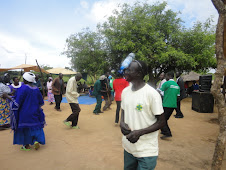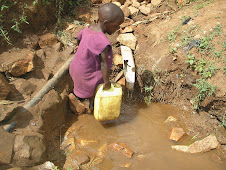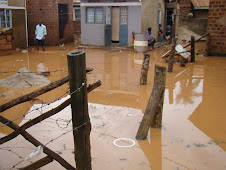The Convention on the Rights of the Child (CRC), which has been ratified by most of the world, including Uganda, provides that children have a right to a safe environment for enhanced learning, health and development of good citizens. However, much as children have aright to live in a clean environment, many are suffering the consequences of poor hygiene and lack of access to clean safe water and appropriate sanitation facilities which exposes them to diseases. This is why areas where sanitation facilities are insufficient are always prone to diseases like diarrhea and dysentery. By the turn of this new millennium, the infant mortality rate in Uganda was standing at 88 deaths per 1000 live births. While the mortality rate of children under the age of 5 years was at 152 deaths per 1000 births. Unfortunately, some of the underlying causes of these high mortality rates are poor hygiene and sanitation Ministry of Finance Planning and Economic Development (MFPED).
According to the MoWE (2006) 75 per cent of Uganda’s disease burden is preventable since it is primarily caused by poor personal and domestic hygiene and inadequate sanitation facilities. Hygiene practice of hand washing with soap alone reduces the incidence of catching diarrhea by more than 10% ( WELL 2004) and the risk of contracting cholera and dysentery by 50% (Luby et al 2005).
Results from the water test conducted in Mengo-Kisenyi Parish Kampala district by Kimberly Freeman working with Healing Waters International USA on 23rd August 2008 indicated that, water from the sampled 4 spring wells contained a lot of nitrates exceeding 50mg/l and faecal coli forms (1000 FC/100ml). This has an effect on the health of people using this free water especially children. An eight months pregnant woman was quoted saying that “I can’t stop taking this water because it tastes good to me”. How sympathetic I was for the little baby she was carrying.
Subscribe to:
Post Comments (Atom)









































No comments:
Post a Comment